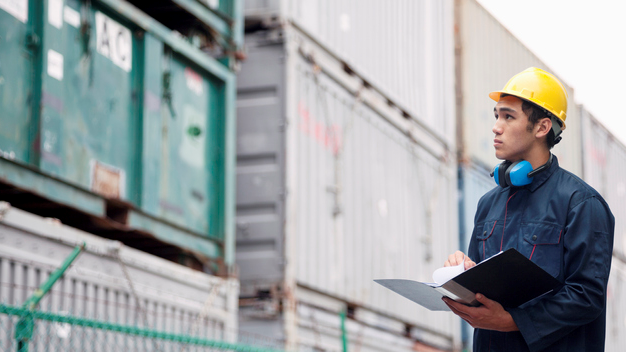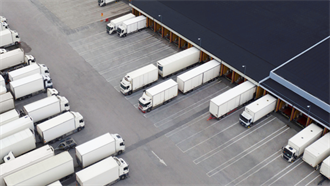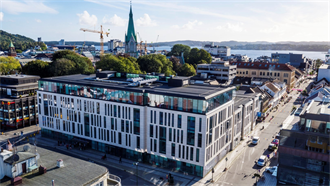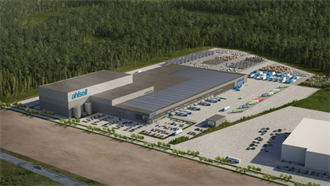Forecasts about how supply chains in Europe will recover from coronavirus disruption receive a boost in new research, showing they are already returning to pre-crisis levels in China, which was struck first by Covid-19.
A survey by BCI Global of manufacturing companies in China found two-thirds of Chinese manufacturers, online and off-line retailers and logistics services providers are already on 80% or more of their capacity.
Meanwhile, nearly 60% of manufacturing companies said that their upstream supply chain – supplies of components or sub-assemblies is almost back to normal. In the logistics sector, the figure was lower, at 47% of logistics services providers.
Perhaps unsurprisingly, 83% of the companies said their supply chains need more resilience to absorb shocks and black swan events such as coronavirus. More than 90% of the companies said they want to reduce supply chain risks.
The coronavirus first emerged late last year in Wuhan city in China, which reacted with strict lockdown measures to combat the spread of the infectious illness. Countries in Europe have done the same since last month, causing a monumental decline in economic activity. It will be hoped that as Europe followed China in implementing harsh measures which dampened economic performance, so economic recovery will follow quickly upon the decline of the disease.
Jeff Wang, director of the Shanghai office of BCI Global, said: ‘It is clear that Chinese companies are still recovering from the lockdowns and interrupted supply chains. But more than three-quarters hopes to run their supply chains as normal within two months and that is an encouraging expectation.’
Patrick Haex, managing partner at BCI Global and Global Head of Supply Chain Solutions, said the ‘moment is at hand’ to increase supply chain resilience.
‘Building robust end-to-end supply chains is a multidimensional task. It encompasses data driven control towers to monitor shipments, orders and inventory data so that you can pro-actively intervene across the ecosystem.
‘But also moving towards dual sourcing for components, while assuring quality and delivery certainty, are key. There is a huge task in front of us to incorporate the required resilience in today and tomorrow’s supply chains.’



































